In our bid to make this 40th anniversary issue somewhat of a time capsule, we asked our members to send in photographs—new and old—with the cameras they have worked with. Placing them on a timeline, what emerged was a technological history that, by constantly evolving in access, portability and cost efficiency, made space for more and more people to start recording their stories, making their films, and letting the world know of the unique perspective with which they see the world around them.
We thank you for sharing these images with us, and hope you’d enjoy taking this trip down memory lane as much as we did.
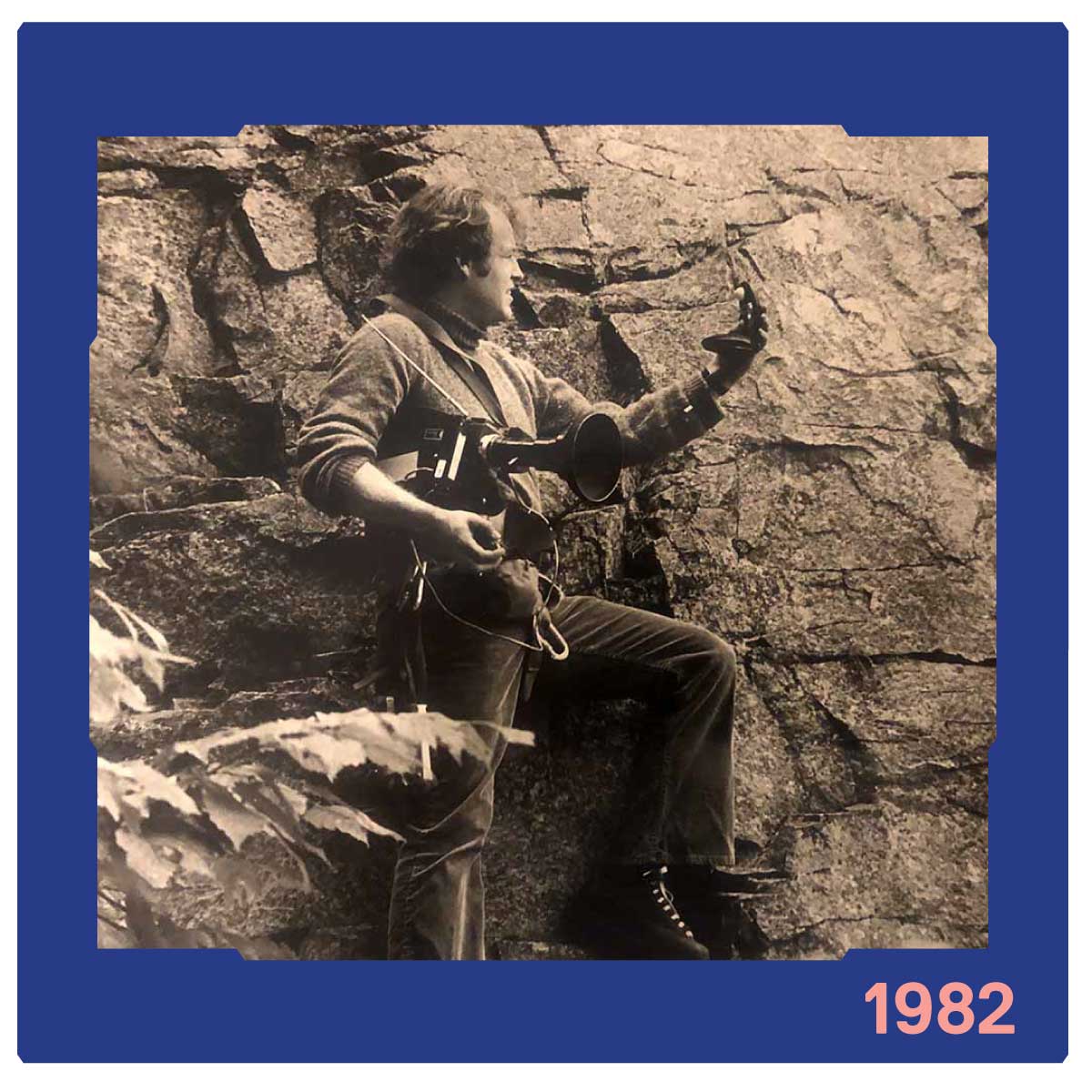
Filmmaker Bestor Cram with an Eclair ACL 16mm camera for the film Thin Air in 1982.
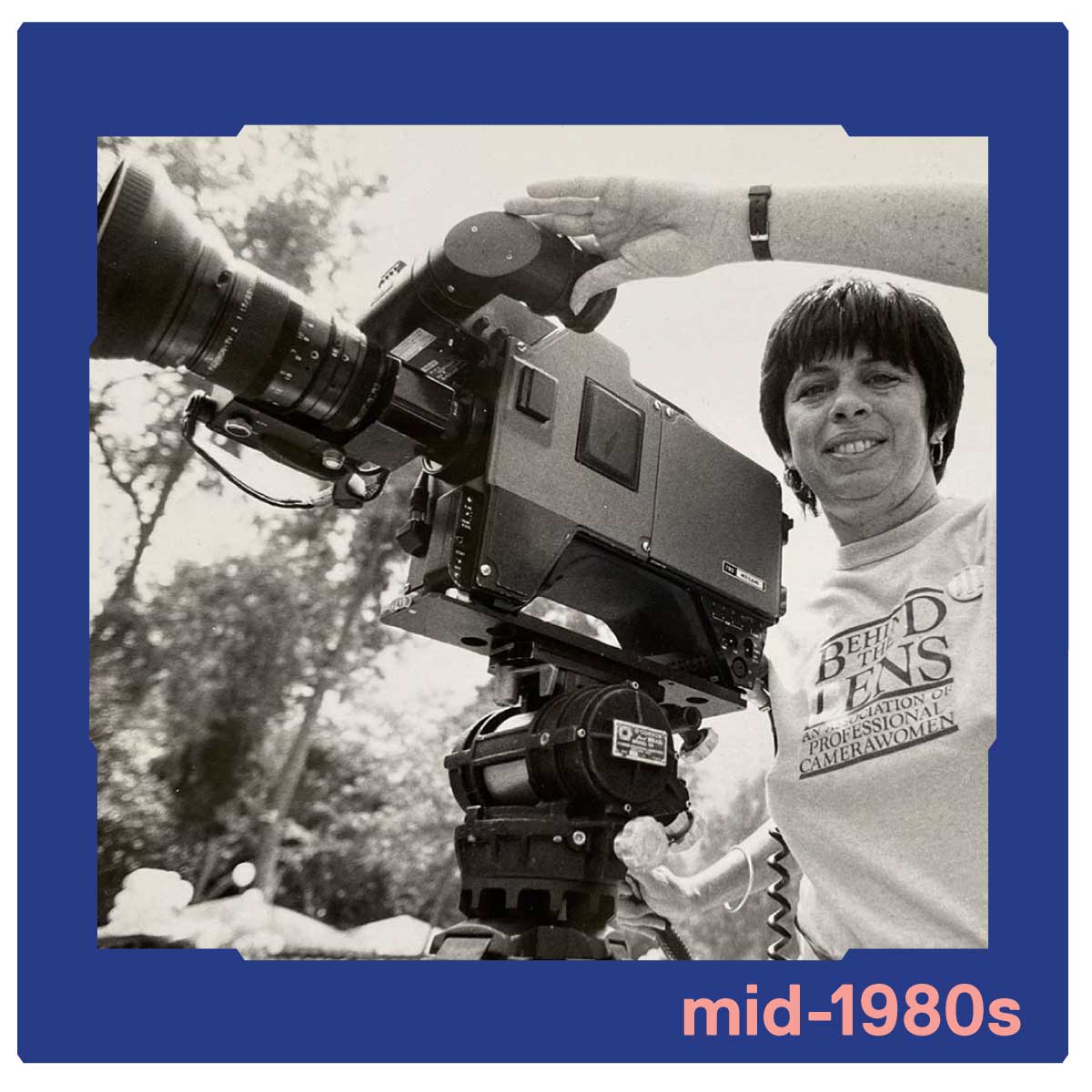
An Association of Professional Camerawomen member, in the mid-1980s, using a 1982 Ikegami HL-79D portable electronic camera.
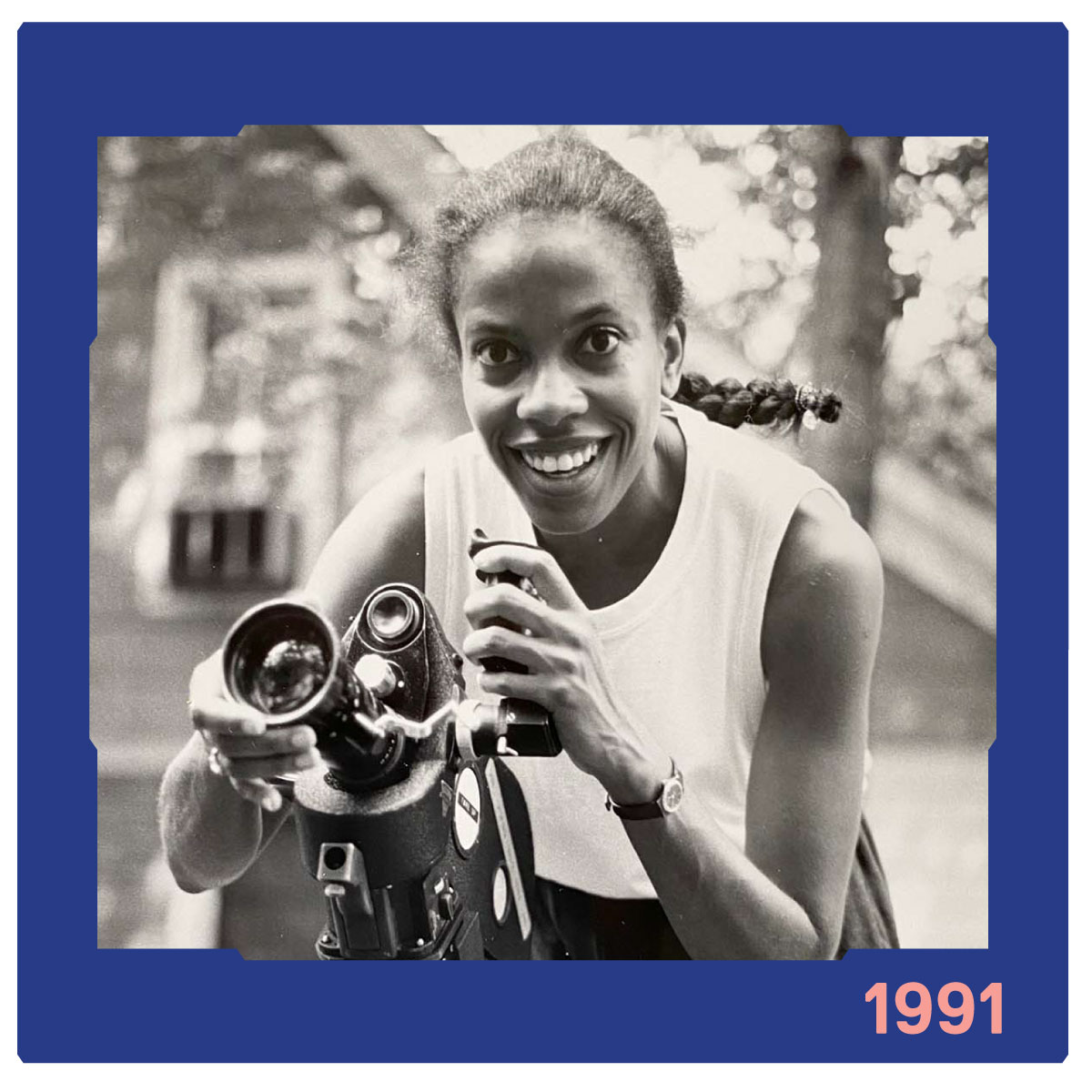
Sabrina Simmons filming with a 16mm Eclair for the film What Memphis Needs (1991).
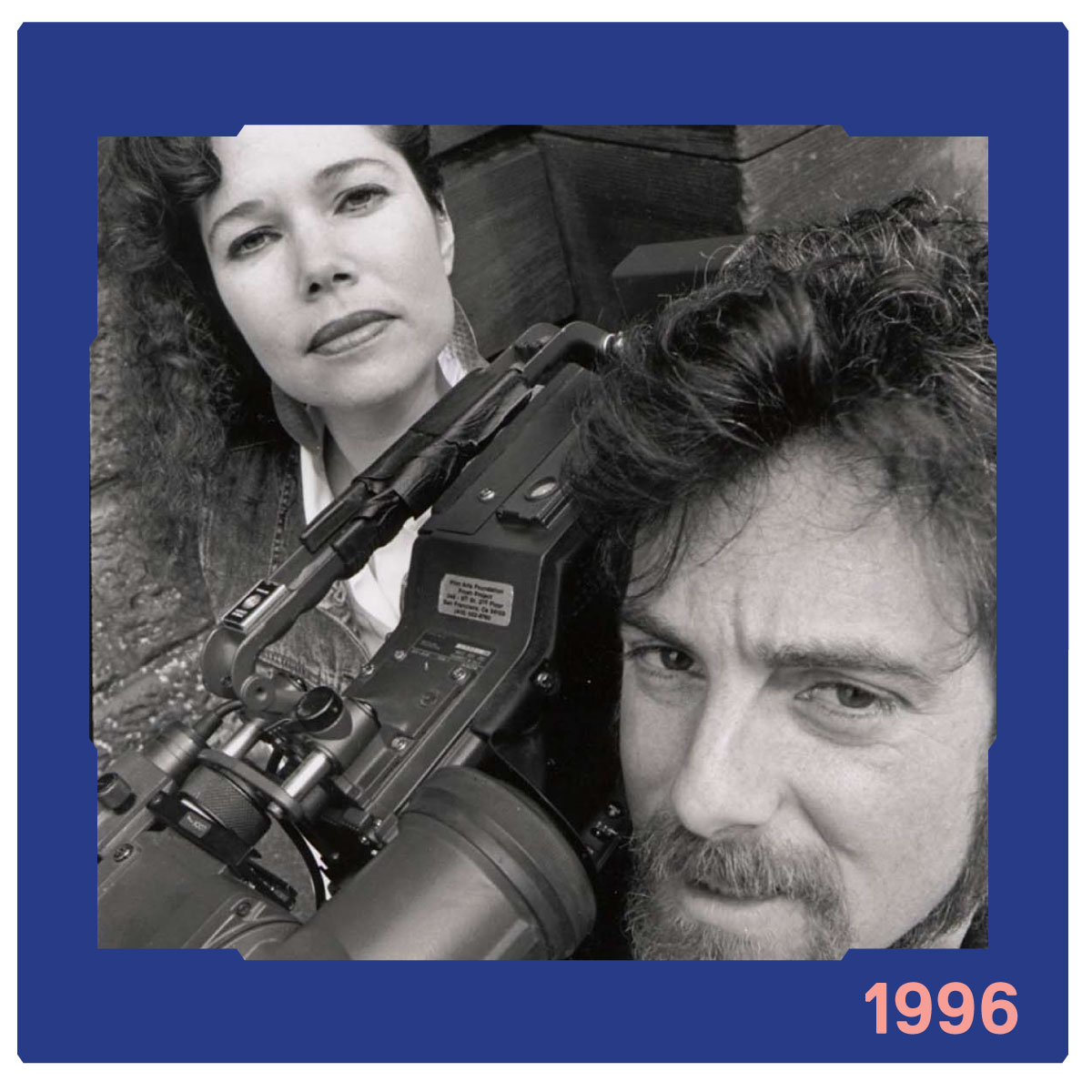
Dayna Goldfine with Dan Geller, in 1996 with a Sony Betacam SP BVW-300, while filming "Kids of Survival: The Art and Life of Tim Rollins + KOS."
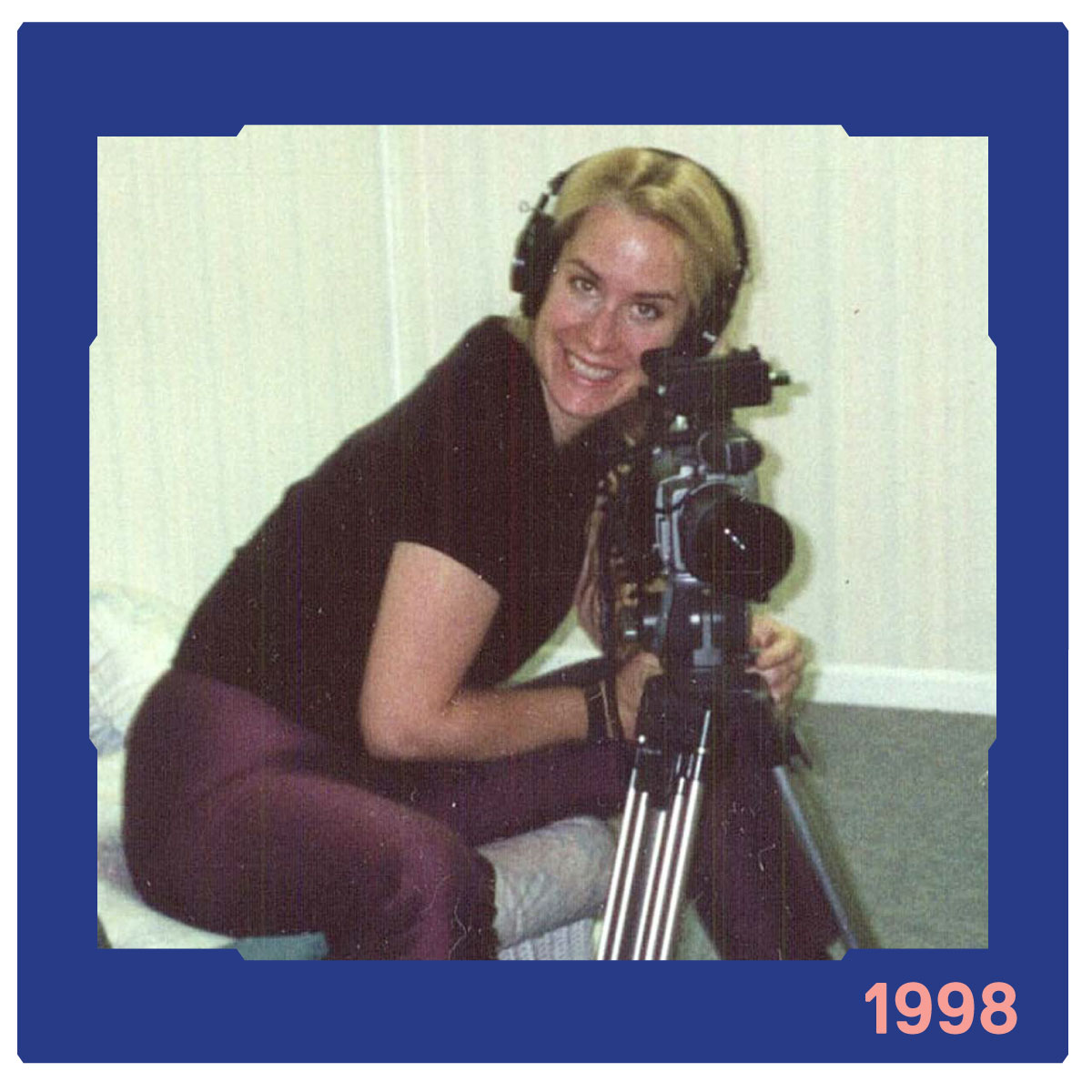
Christine Fugate filming The Girl Next Door in 1998 using a Sony VX100 DV tape camcorder.
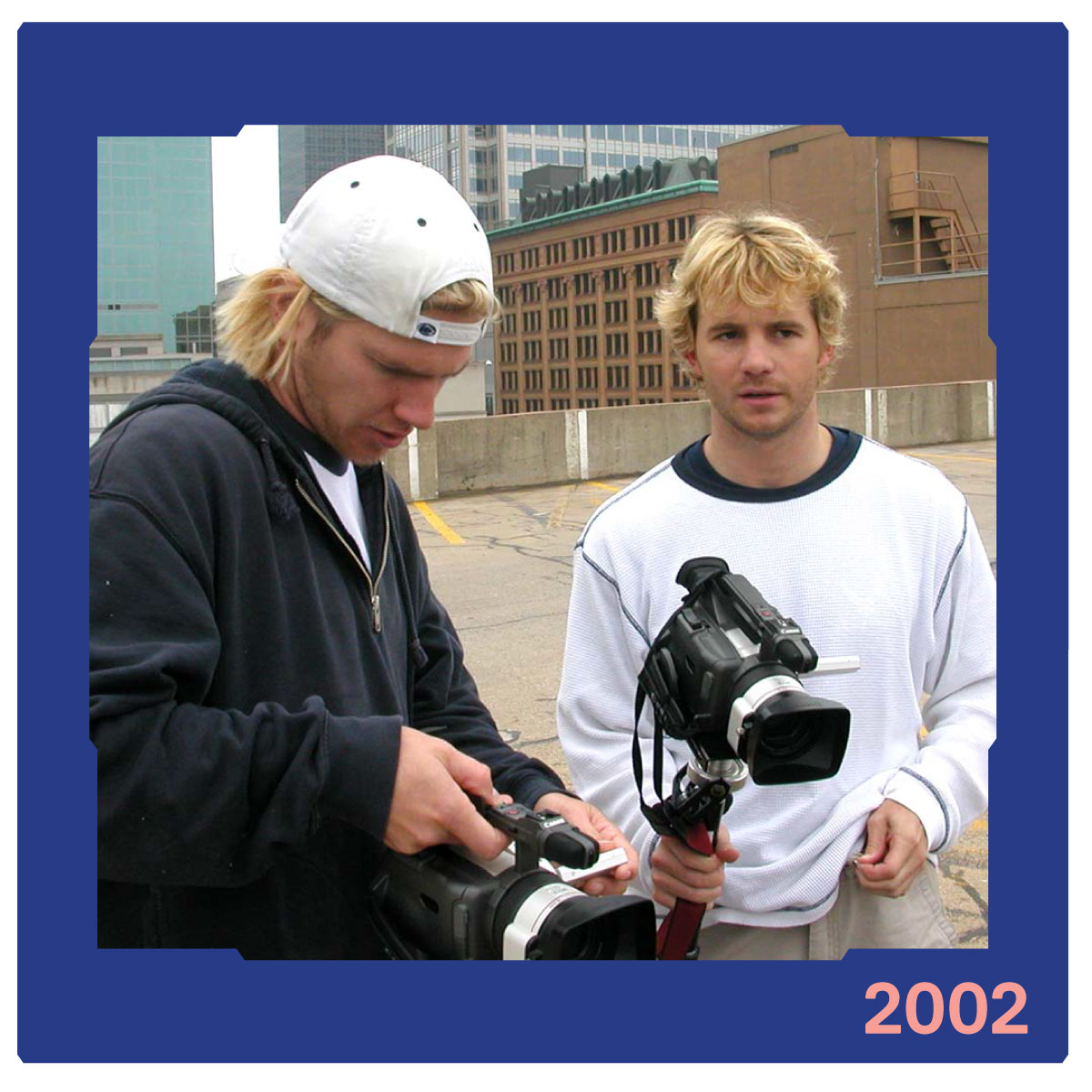
Tommy Haines, with a teammate, in 2002 with a Canon GL1 MiniDV Digital Camcorder.
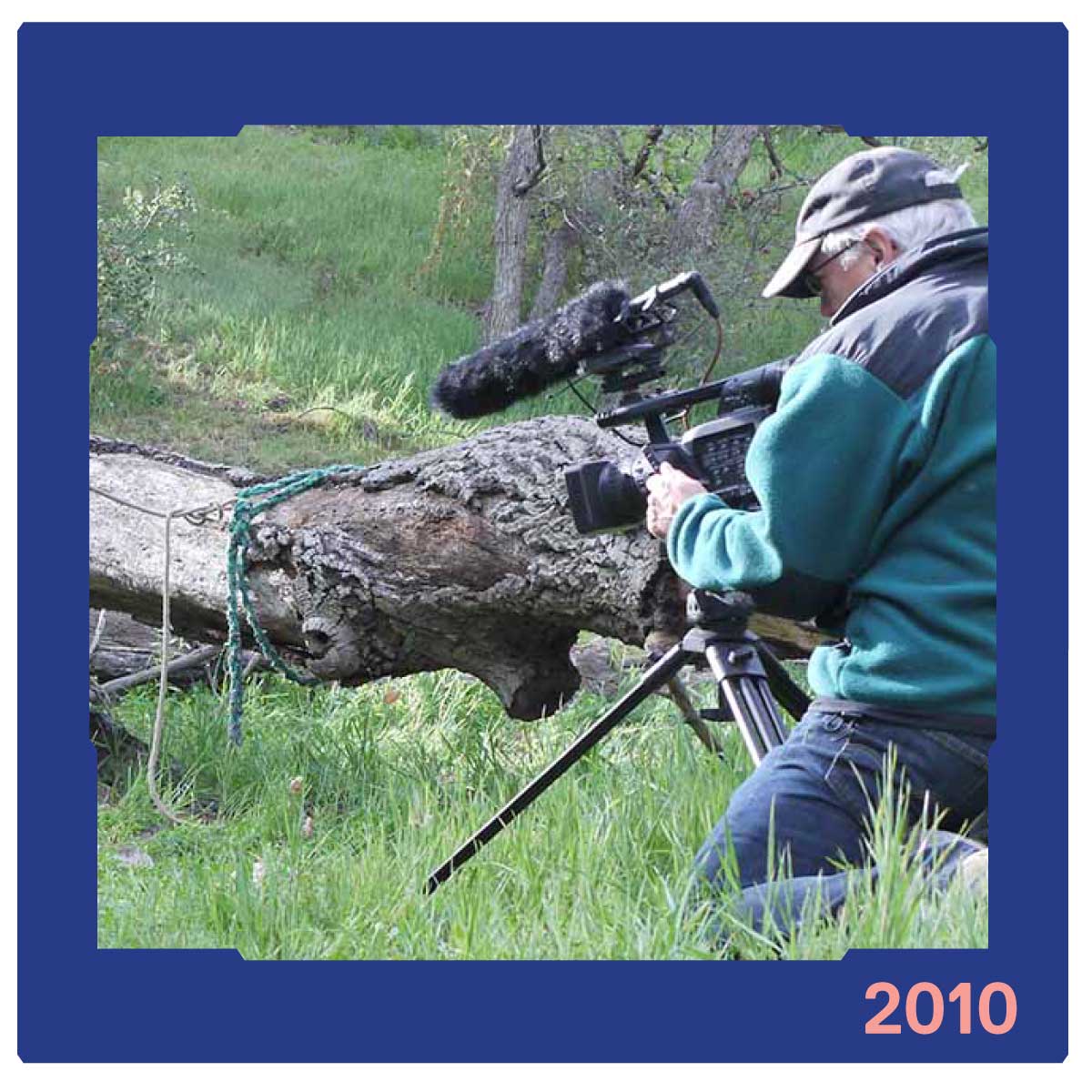
John McDonald filming with a Panasonic Pro 170 camcorder, 2010.
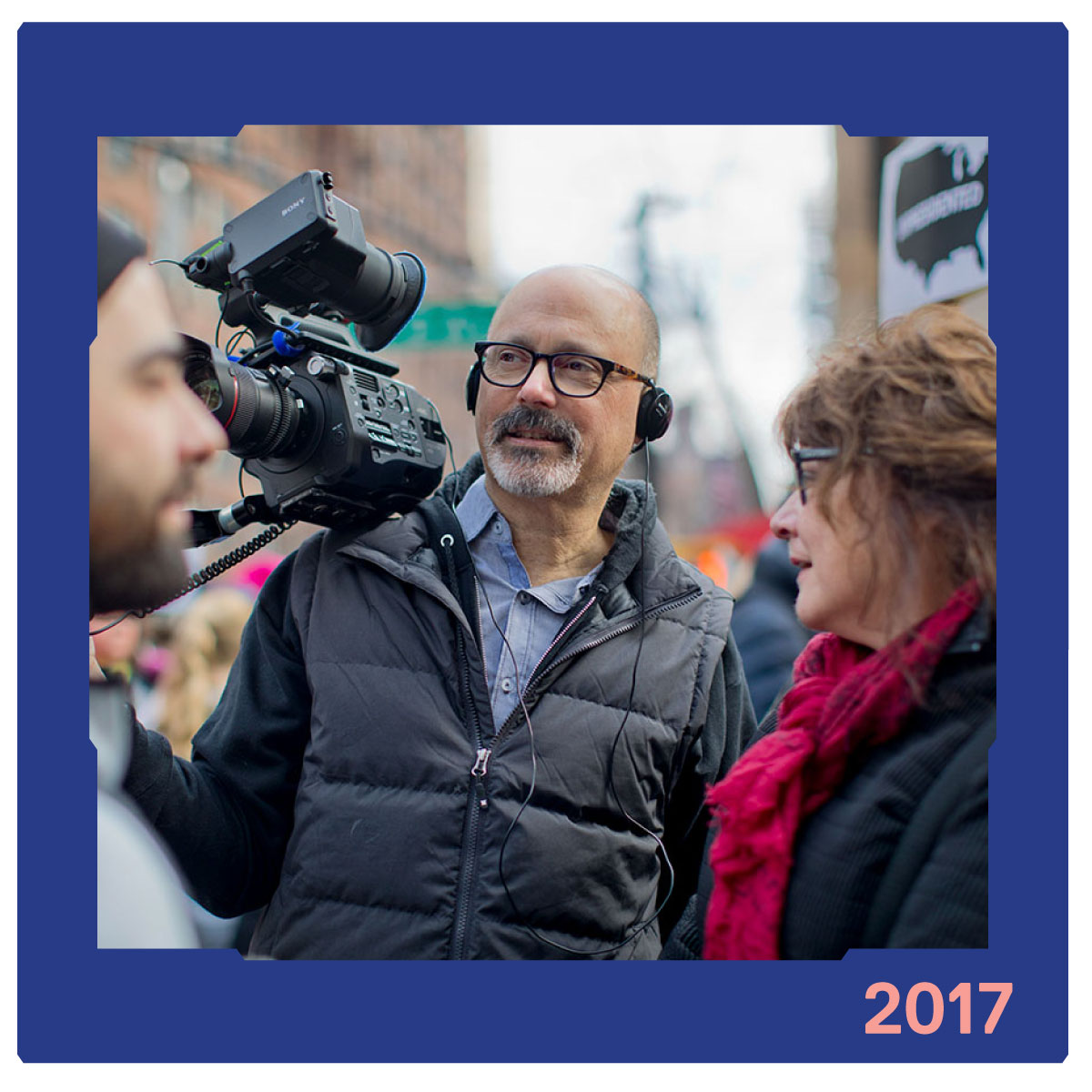
Steven Ascher and Jeanne Jordan with soundperson Kevin Sweet filming the Women’s March in 2017 with a Sony FS7 cine camera.
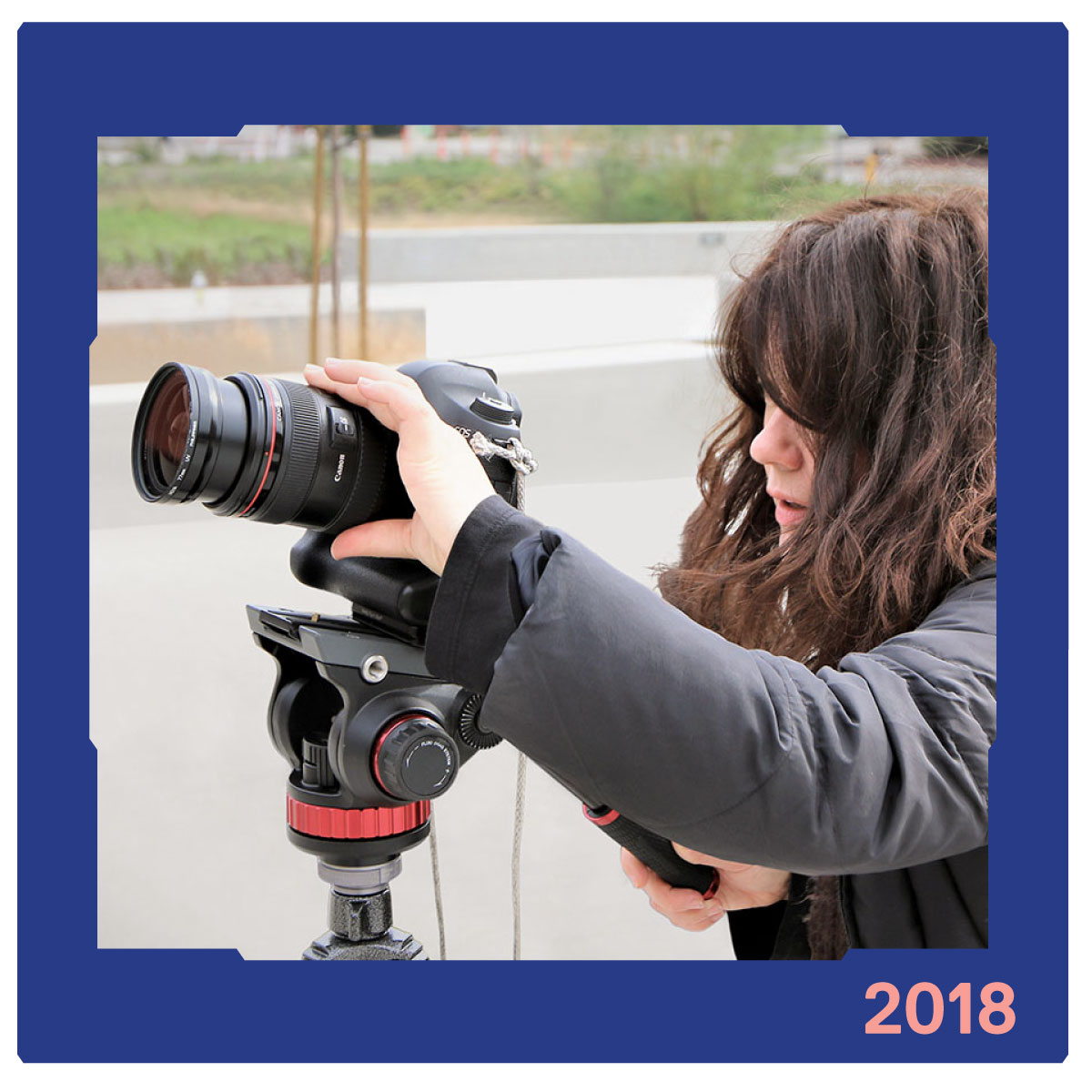
Klaudia Kovacs using a Canon EOS 80D, 2018.
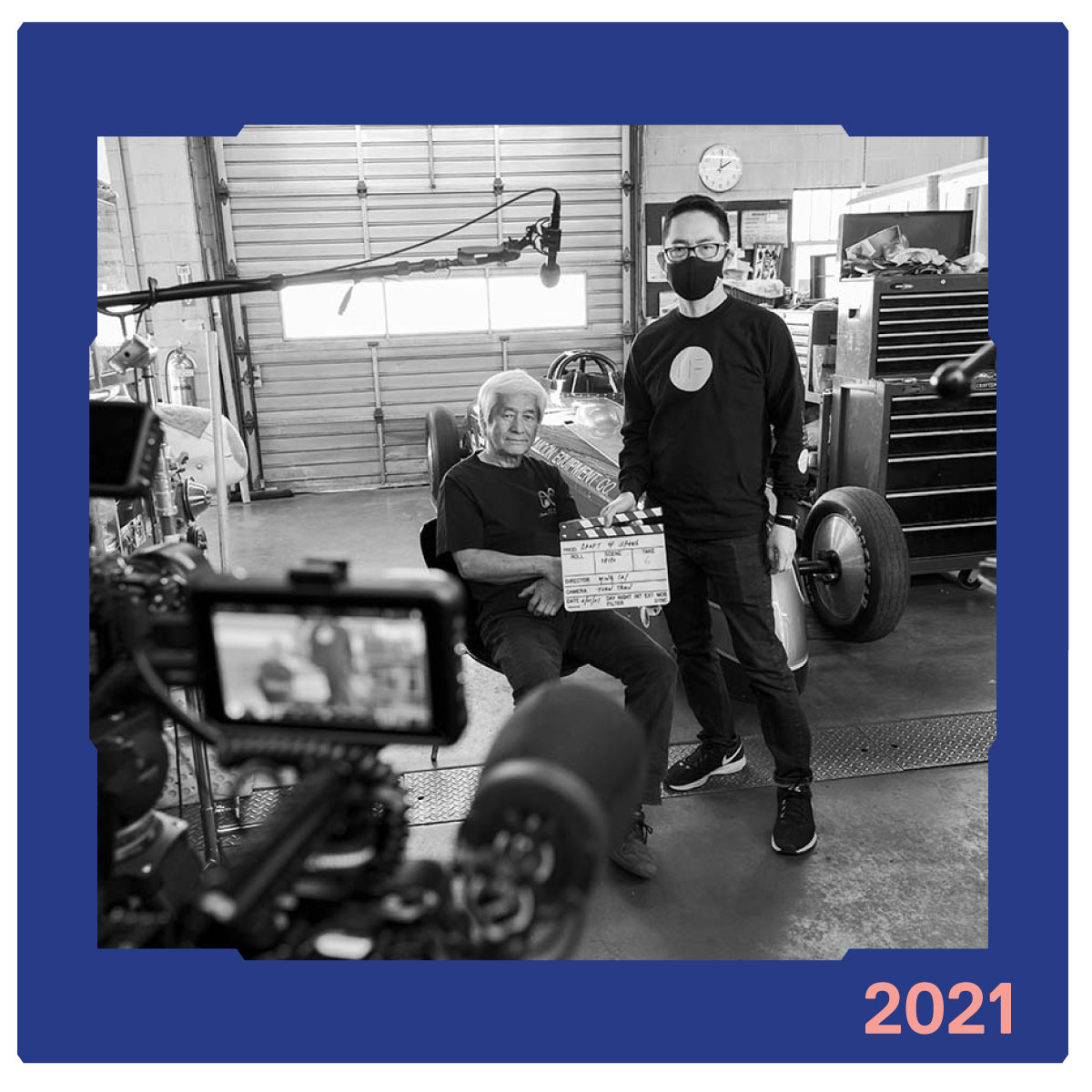
Ming Lai filming an interview for Craft of Speed, in 2021, with a Panasonic GH5S Micro Four Thirds mirrorless camera.
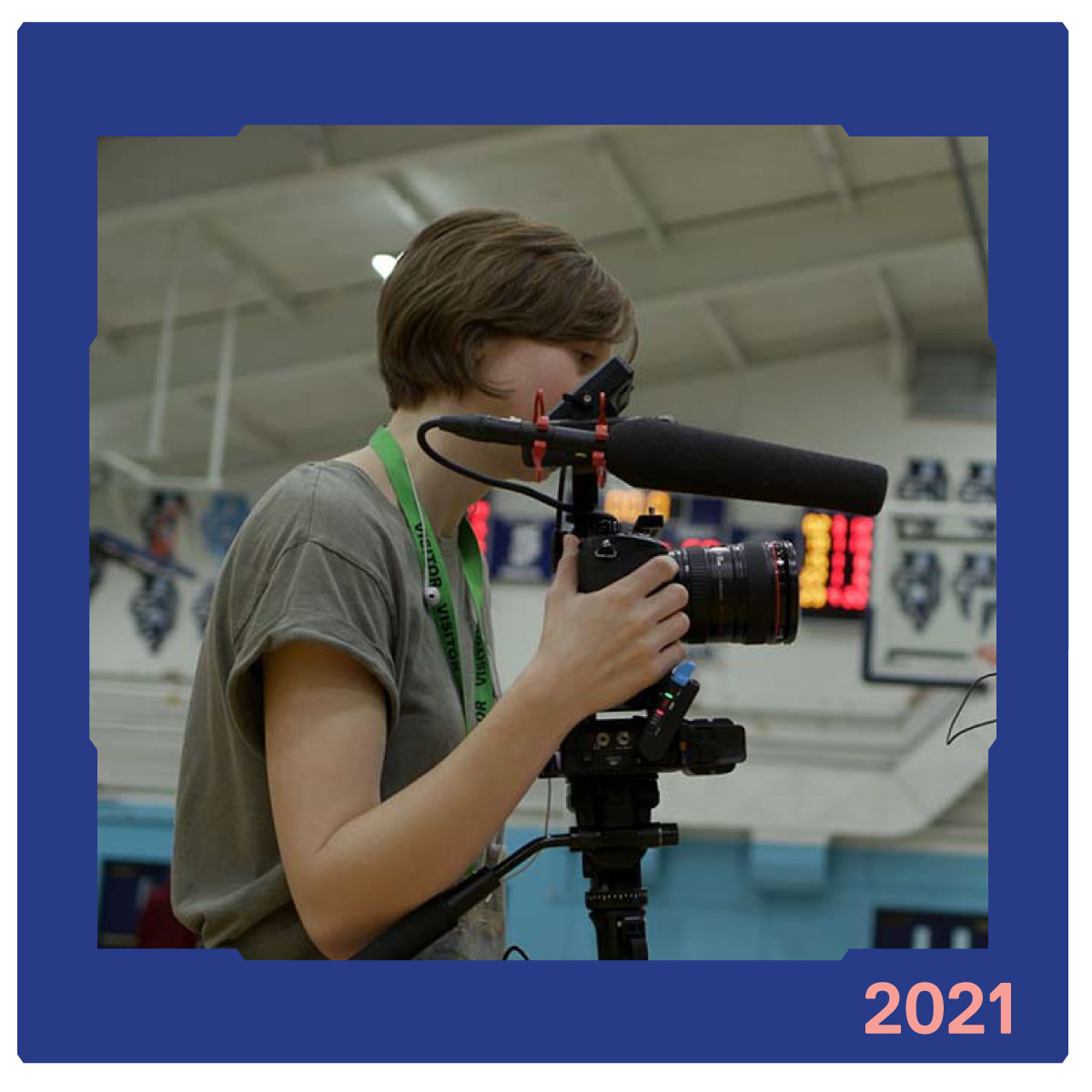
Allison Walsh seen here filming her first feature Teaching About Religion on a Panasonic GH5 DSLR Micro Four Thirds mirrorless camera in 2021.




